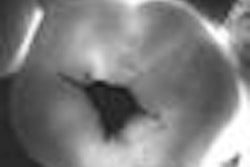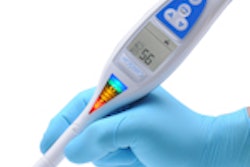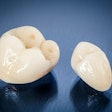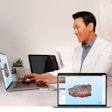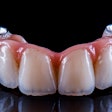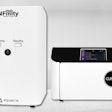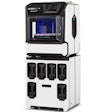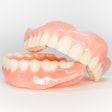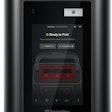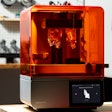Discomfort associated with some caries-detection methods can influence the ability of these approaches to detect approximal caries in primary molars (Caries Research, September 23, 2010).
Researchers from the Universidade de São Paulo evaluated 76 children (4-12 years old) using visual inspection (International Caries Detection and Assessment System [ICDAS]), radiography, and a laser fluorescence device (Diagnodent pen). The reference standard was visual inspection after temporary separation with orthodontic rubbers. Surfaces were classified as sound, noncavitated (NC), or cavitated (Cav), and performance was assessed at both NC and Cav thresholds.
Wong-Baker faces scale was employed to assess the discomfort. Multilevel analysis was performed to verify the influence of discomfort on performance, considering the number of false positives and false negatives as outcome.
Among the study's findings:
- At NC threshold, visual inspection achieved better performance than other methods.
- At Cav threshold, visual inspection presented lower sensitivity, and the laser fluorescence pen and radiography presented similar sensitivities.
- At NC threshold, when discomfort was present, the number of false-negative results was lower with the pen while the number of false-positive results was higher with visual inspection.
- At Cav threshold, the number of false-positive results was higher with the pen.
Radiography and the Diagnodent laser fluorescence pen achieved similar performance in detecting approximal caries lesions in primary teeth, the researchers concluded. However, "the discomfort caused by visual inspection and the pen can influence the performance of these methods, since a higher number of false-positive or false-negative results occurred in children who reported discomfort," they added.
Copyright © 2010 DrBicuspid.com





